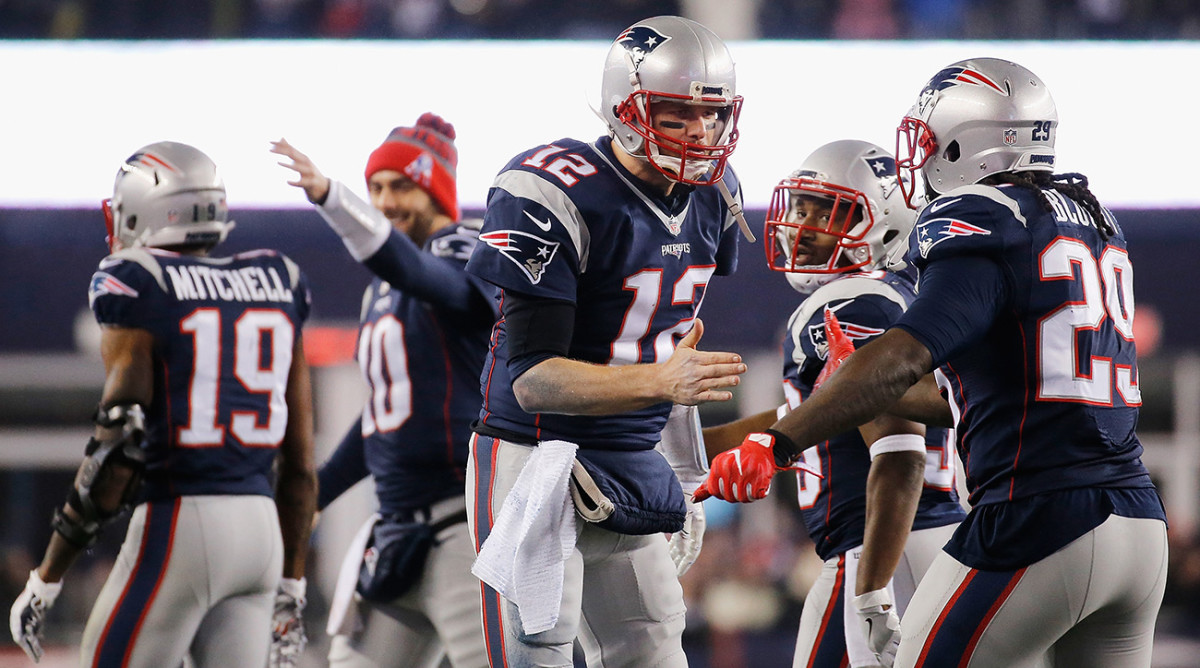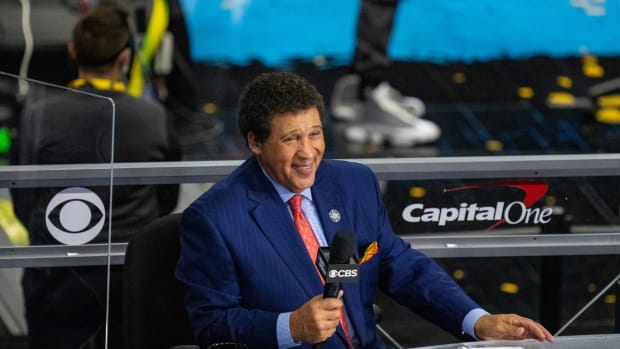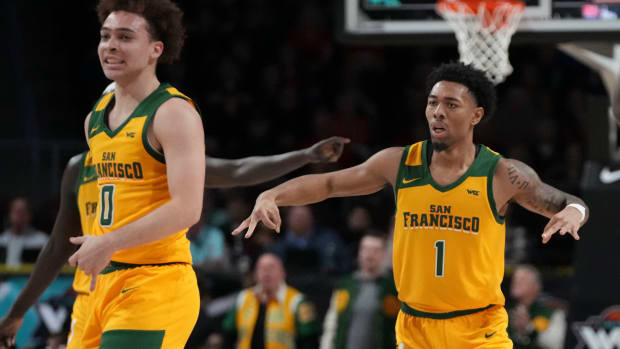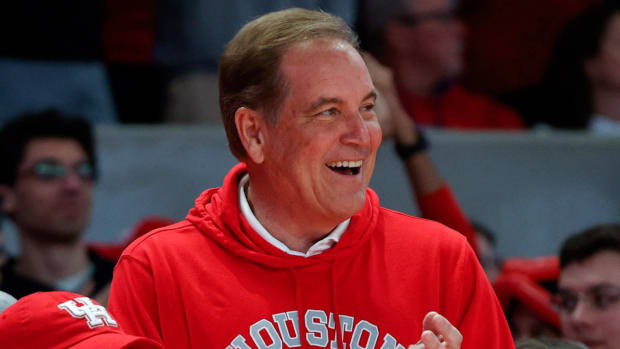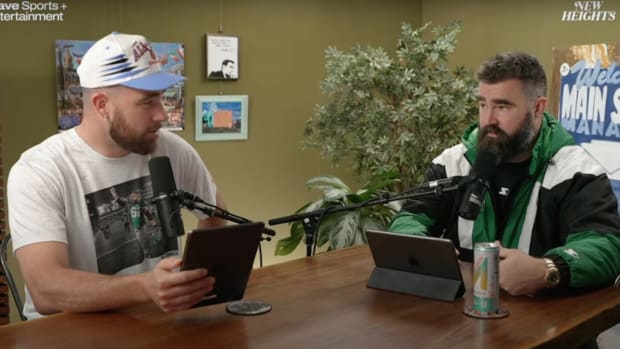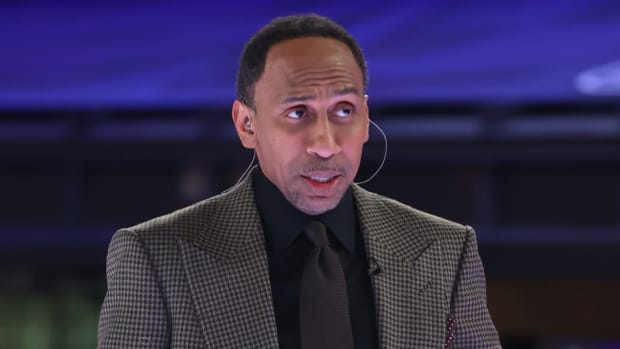The top 7 sports technology storylines from the 2016 NFL season
Read about the latest sports tech news, innovations, ideas and products that impact players, fans and the sports industry at SportTechie.com.
Super Bowl LI ended in dramatic overtime fashion Sunday with the New England Patriots winning in come-from-behind fashion against the Atlanta Falcons 34-28.
With the 2016-17 season coming to a close, SportTechie wanted to recap some of the most important sports technology storylines from the past six months. Below, in no particular order, are storylines around the NFL-Twitter live streaming deal, virtual reality’s place in the league and RFID player-tracking systems from Zebra Technologies.
Subscribe to the
SportTechie Newsletter
- FOX Sports Stream Of Super Bowl LI Has Hiccups
- Recapping Sports Technology Stories Around Super Bowl LI
- Six-Second Facebook Live Video Of Tom Brady After Super Bowl LI Attracts Millions Of Viewers
1) Last spring, the NFL inked a 10-game live streaming deal with Twitter for the most recent season, with the reported price being $10 million for the package. It was the first live streaming deal between a major U.S. professional sports league and a third-party social platform. At the midway point in the year, Twitter said it was “pleased” with the overall broadcast while it mentioned that 70 percent of its audience was under 35 years of age.
With all that said, who will snatch up the live streaming rights for the 2017 season? Will Twitter return for its second consecutive year or will the likes of Facebook, Verizon, Google or Amazon participate?
2) In an effort to protect its game product and relationships with media networks shelling out billions of dollars for broadcast rights, the NFL cracked down on its 32 teams less than a month into the season with a new social media policy, essentially eliminating in-game video footage and GIFs. Teams like the Philadelphia Eagles and Cleveland Browns trolled the policy, which curbed how teams could post in-game footage. Those organizations who violated the policy were fined $25,000 for an initial violation, $50,000 for a second and $100,000 for each one after that.
In early December, the NFL finally relaxed its social rules, so teams could post “non-highlight” videos and GIFs during games along with 16 videos a day on each social platform versus the previous eight.
Moving forward into 2017, will the NFL continue its tight restrictions on social to protect its media partners?
3) Virtual reality was front and center a priority for the NFL, having partnered with NextVR and VOKE for different virtual reality highlights packages. The NFL even expanded its partnership with Google for a nine-part virtual reality series that kicked off Thanksgiving Day. It was the first episodic sports programming produced in virtual reality.
During Super Bowl LI, for the first time fans could watch top highlights from the Big Game in virtual reality. Through a partnership between FOX and LiveLike — a virtual reality production company — users who downloaded the FOX SportsVR app could toggle between six different camera angles in order to experience replays in full immersive virtual reality or 360-degree video on their smartphone devices.
While next year’s regular season is more than six months away, one has to believe that fans watching an NFL game in virtual reality is a not-too-distant possibility.
4) Menlo Park, Calif.-based STRIVR Labs, a virtual reality training and fan engagement company, raised $5 million at the end of 2016 to expand its offerings to more enterprise companies. Its NFL clients have included the Dallas Cowboys, Arizona Cardinals, New York Jets and Minnesota Vikings, among others.
5) Through the NFL’s expanded deal with Zebra Technologies, the NFL’s Official On-Field Player Tracking Provider, game balls for Thursday Night Football games had data chips embedded in them. The new technology helped determine how far balls traveled and their distance from extra point and field goal attempts.
Prior to the season, Zebra additionally revamped its partnership with the league by offering each team the data it generated via the Zebra Sports Solution, its RFID player-tracking system. Teams could analyze speed, acceleration and deceleration — in addition to other performance metrics — through RFID chips in players’ right and left shoulder pads. Twenty radio receivers installed throughout each stadium captured the player data.
6) In December, the NFL Players Association announced the formation of the OneTeam Collective, a first-of-its-kind athlete-driven accelerator where the NFLPA would grant access to NFL players and their intellectual property in exchange for ownership stakes in startup and early-stage companies.
7) NFL players like cornerback T.J. Carrie of the Oakland Raiders have a found a new way to train … and it is through neurostimulation. Halo Neuroscience, a company led by co-founders Daniel Chao and Brett Wingeier, designed a product called Halo Sport where a headset stimulates the brain’s motor cortex, which controls movement. Typically, athletes such as Carrie have paired the Halo Sport with bodyweight and plyometric training.
